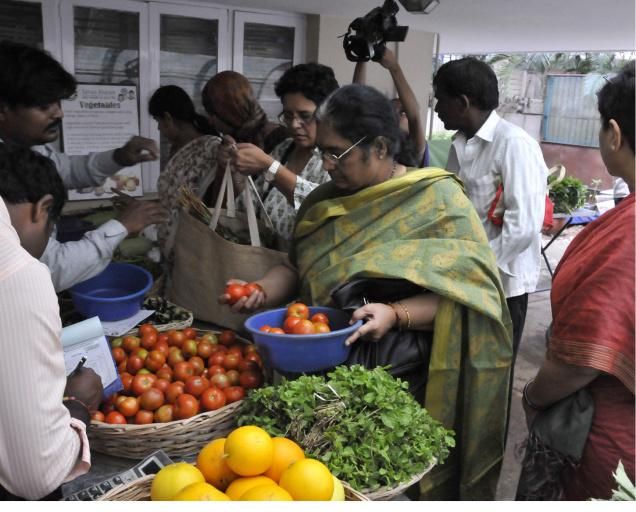
New Delhi, September 18: Soaring vegetable prices pushed up the retail inflation to double digits at 10.03 per cent in August, up from 9.86 per cent in the previous month.
According to the Consumer Price Index (CPI) data released today, the highest rise in prices was for vegetables which recorded an increase of 20.79 per cent during the month.
In the urban areas, the CPI rose to 10.19 per cent during the month as compared to 10.10 per cent in July. The retail price rise in rural areas worked out to be 9.90 per cent during August up from 9.76 per cent in the previous month.
The CPI for August, however, did not capture the impact of hike in diesel price announced by the government on September 13 to help the Oil Marketing Companies (OMCs) to reduce their under recoveries.
The CPI for food and beverages section during August increased by 12.03 per cent, clothing, bedding and footwear by 10.71 per cent and fuel and light by 7.55 per cent.
Among the individual segments, steep rise in retail price was noticed in case of oil and fats (18.41 per cent), followed by sugar (17.51 per cent) and pulses and products (16.04 per cent).
The Reserve Bank in its mid-quarter monetary policy yesterday had raised concerns about the price situation saying “as inflationary tendencies have persisted, the primary focus on monetary policy remains the containment of inflation and anchoring of inflation expectations.”





Comments
Add new comment